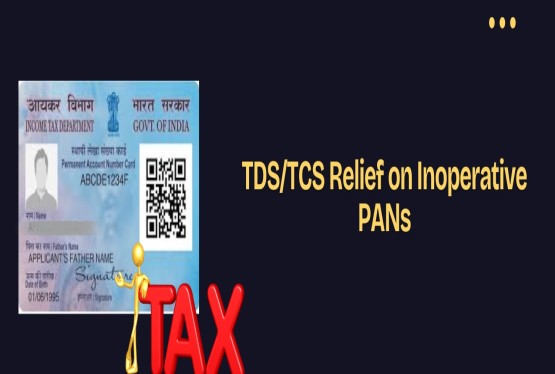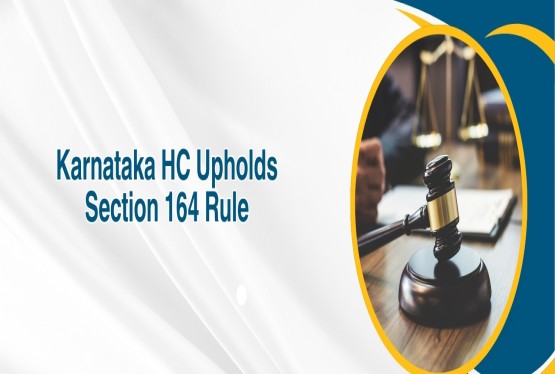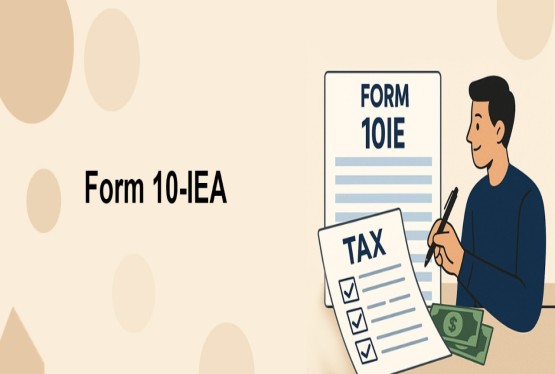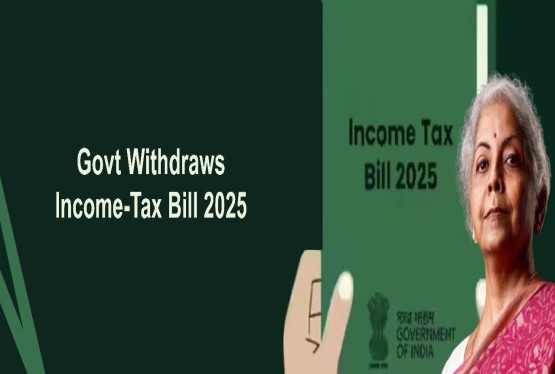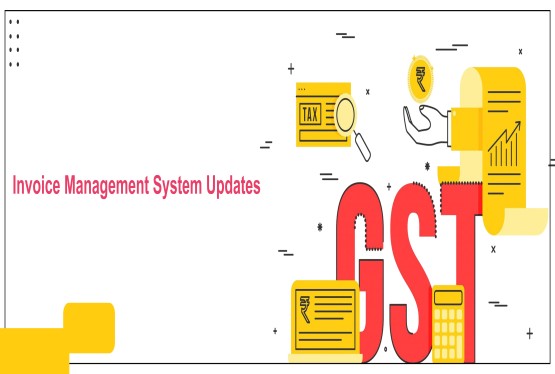Earning an income in India while living abroad can often raise concerns about being taxed twice on the same income. Thankfully, India has entered into Double Taxation Avoidance Agreements (DTAA) with several countries to address this issue. These agreements help non-residents avoid being taxed both in India and their country of residence. However, to benefit from DTAA, non-resident taxpayers need to file certain documents with the Indian tax authorities. One of the most important among these is Form 10F.
What is Form 10F?
Form 10F is a self-declaration form submitted by non-resident taxpayers who want to claim the benefits of DTAA. It is primarily used when the Tax Residency Certificate (TRC) submitted by the taxpayer does not include all the necessary information required by the Indian tax authorities. In such cases, Form 10F acts as a supplement to the TRC, providing the missing details.
The form is applicable under Section 90(5) of the Income Tax Act, which states that in order to claim the benefits under DTAA, a non-resident must furnish a valid TRC. If the TRC is missing any mandatory information such as name, address, tax identification number (TIN), or taxpayer status, the non-resident must provide these details separately in Form 10F.
Purpose of Form 10F
The primary purpose of Form 10F is to ensure that the non-resident taxpayer can claim the benefits of a tax treaty even when their TRC lacks some of the required information. Tax treaties are signed to provide relief from being taxed twice and to promote transparency and cooperation between countries.
In the absence of a complete TRC, the Indian Income Tax Department allows taxpayers to furnish Form 10F along with their TRC to claim DTAA benefits. This includes availing lower tax deduction at source (TDS) rates, exemption from certain types of income tax, and avoidance of double taxation. Filing Form 10F ensures that the taxpayer remains compliant with Indian tax laws and enjoys the benefits of the tax treaty.
Applicability of Form 10F
Form 10F is applicable to any non-resident individual or entity earning income from India who wishes to claim the benefits under a DTAA. The form must be submitted along with the TRC issued by the country of residence.
The form is especially important for non-resident Indians (NRIs), foreign companies, trusts, and firms that receive interest, dividends, royalties, or any other form of income from India. If the TRC provided by the taxpayer is incomplete or does not have all the required fields filled in, then Form 10F becomes mandatory.
Previously, the process required a PAN (Permanent Account Number) to file Form 10F electronically on the income tax portal. This was a hurdle for many foreign taxpayers who did not possess a PAN. However, recent updates now allow non-residents to file Form 10F without a PAN, simplifying the process significantly.
Eligibility Criteria for Filing Form 10F
To be eligible to file Form 10F, an individual or entity must meet certain criteria. Firstly, the taxpayer must be a non-resident earning income in India. Secondly, they must be a resident of a country with which India has signed a DTAA. Lastly, the taxpayer must possess a Tax Residency Certificate issued by the competent authority in their country of residence.
If the TRC does not contain all the required information such as name, address, taxpayer status, and tax identification number, the taxpayer must file Form 10F. The Income Tax Department considers the information in Form 10F along with the TRC for granting DTAA benefits. Without submitting Form 10F, the taxpayer may not be able to avail the reduced TDS rates or tax exemptions.
Documents Required to File Form 10F
To successfully file Form 10F, certain documents are required. These documents help verify the identity and tax status of the non-resident taxpayer:
-
A copy of the PAN card (if available)
-
Proof of residential address in the home country
-
Tax Residency Certificate issued by the foreign country
-
Tax Identification Number (TIN) or any other identification number issued by the tax authority in the country of residence
-
Proof of nationality for individuals, or territory of incorporation for companies and firms
-
Details about the taxpayer's status (e.g., individual, company, trust, etc.)
-
A valid Digital Signature Certificate or Electronic Verification Code to authenticate the form
These documents ensure the accuracy of the information provided in Form 10F and are essential for verification by Indian tax authorities.
Filing Form 10F Online: Is it Mandatory and Do You Need a PAN?
Previously, filing Form 10F electronically was mandatory, and it required the taxpayer to have a PAN to register on the Income Tax e-filing portal. This posed a challenge for foreign entities and individuals who were not required to have a PAN but still needed to claim DTAA benefits.
To address this issue, the Central Board of Direct Taxes (CBDT) introduced a new functionality that allows non-resident taxpayers without a PAN to register on the e-filing portal. By providing key information such as name, date of incorporation or birth, tax identification number, contact details, and uploading supporting documents, the taxpayer can create a user ID.
Once registered, the taxpayer can file Form 10F electronically without the need for a PAN. This new system simplifies the filing process and ensures that non-residents are not unfairly denied DTAA benefits due to procedural challenges.
How to File Form 10F Online?
Filing Form 10F on the Income Tax e-filing portal is a straightforward process if you follow these steps:
-
Login/Register: Visit the Income Tax e-filing portal and log in using your PAN or user ID. If you don’t have an account, register yourself using the available options for non-residents.
-
Go to Form 10F: On the dashboard, go to the ‘e-File’ menu and select ‘Income Tax Forms’. Then click on ‘File Income Tax Forms’.
-
Select User Type: Under the tab labeled ‘Person not dependent on any source of income’, select the option to file Form 10F.
-
Fill in Details: Enter the necessary information including your name, father’s name, tax residency country, TIN, and other details.
-
Specify TRC Period: Choose the time period for which the Tax Residency Certificate is valid. Provide your residential address outside India.
-
Attach TRC: Upload a copy of your Tax Residency Certificate. Make sure it is in the correct format and legible.
-
Verification: Authenticate the form using a Digital Signature Certificate or an Electronic Verification Code.
-
Preview and Submit: Review all the entered details thoroughly. After confirming everything is accurate, submit the form.
Downloading Form 10F
Although Form 10F is filed electronically, you can still download a blank copy for your reference or offline filling. The form is available on the Income Tax Department’s website. Simply search for ‘Form 10F’ in the download section and download the PDF version.
Consequences of Not Filing Form 10F
Failure to file Form 10F can lead to serious consequences for non-resident taxpayers. If you do not submit the form, you may be denied the benefits of the Double Taxation Avoidance Agreement. This means you could be subject to higher tax rates and may not be able to claim exemptions on your income from India.
In addition to facing higher tax deductions at source, non-compliance could label you as an ‘assessee in default’. This status could lead to penalties and make it difficult to remit income from India to your country of residence. It is always advisable to stay compliant and file Form 10F along with your TRC.
Who Needs a Tax Residency Certificate?
A Tax Residency Certificate is essential for any individual or entity that wants to claim DTAA benefits. It is issued by the tax authority in your country of residence and confirms that you are a tax resident of that country. Indian taxpayers receiving income from foreign countries with which India has a DTAA must also obtain a TRC.
For Indian residents, obtaining a TRC involves submitting Form 10FA. After verification, the Income Tax Department will issue Form 10FB as the residency certificate. Non-residents must obtain their TRC from the government authority of their respective country.
The TRC remains valid for one financial year and must be renewed annually if you continue to earn income from India.
Benefits of Filing Form 10F
Filing Form 10F comes with various advantages for non-resident taxpayers:
-
With a valid TRC and Form 10F, taxpayers can avail of lower TDS rates as per DTAA.
-
Ensures that the same income is not taxed in both India and the taxpayer’s country of residence.
-
Filing the form keeps you compliant with Indian tax laws and avoids legal complications.
-
Accurate documentation helps in quick processing of tax refunds and assessments.
-
Helps in claiming credit in your home country for taxes paid in India.
Conclusion
Filing Form 10F is not just a procedural requirement, it is an important step for non-resident taxpayers to claim the tax benefits they are legally entitled to. Along with a Tax Residency Certificate, Form 10F acts as a comprehensive declaration that provides the Indian tax authorities with the information they need to grant DTAA benefits.
With the recent simplification in filing procedures, even non-residents without a PAN can now file Form 10F electronically. Staying compliant not only helps in saving taxes but also prevents legal issues and facilitates smooth financial operations. If you are an NRI or a foreign entity earning income in India, make sure to file Form 10F timely and accurately to enjoy these benefits.
If you have any queries or need any support connect with Compliance Calendar LLP experts through email at info@ccoffice.in or Call/Whatsapp at +91 9988424211.
FAQs
Q1. Who is required to file Form 10F?
Ans. Form 10F must be filed by non-resident individuals or entities (such as NRIs, foreign companies, trusts, or firms) who wish to claim tax benefits under a Double Taxation Avoidance Agreement (DTAA). If their Tax Residency Certificate (TRC) does not contain all the mandatory information, filing Form 10F becomes essential to claim reduced TDS or tax exemptions in India.
Q2. Is it mandatory to file Form 10F online?
Ans. Yes, Form 10F must be filed online through the Income Tax e-filing portal. Earlier, NRIs without a PAN card were allowed to file it manually, but now even non-residents without PAN can register on the portal and file the form electronically using a new functionality introduced by the Income Tax Department.
Q3. Can I file Form 10F without a PAN card?
Ans. Yes. Non-residents who do not hold a PAN and are not required to have one can still file Form 10F online. They must register on the Income Tax Portal by providing basic details like their name, date of incorporation, country of residence, TIN, and supporting documents such as TRC, ID proof, and address proof.
Q4. What information is needed to fill Form 10F?
Ans. To complete Form 10F, you will need:
-
Name and taxpayer status (individual/company/firm)
-
Nationality or country of incorporation
-
Tax Identification Number (TIN) in your country of residence
-
Address in the country of residence
-
Period of tax residency (as per TRC)
-
Copy of your Tax Residency Certificate (TRC)
-
Digital Signature Certificate or EVC for verification
Q5. What happens if I do not file Form 10F?
Ans. If you fail to file Form 10F:
-
You may not receive DTAA benefits, such as reduced tax rates.
-
A higher TDS will be deducted from your income in India.
-
You could be considered an ‘assessee in default’ under Indian tax law, which may lead to legal complications or difficulty in remitting funds from India.
Q6. How can I obtain a Tax Residency Certificate (TRC)?
Ans. You must apply for a TRC from the tax authority of your home country, confirming your residency for tax purposes. Each country has its own procedure for issuing a TRC. This document is usually valid for one financial year and is mandatory to claim DTAA benefits in India, along with Form 10F.
Q7. What are the benefits of filing Form 10F?
Ans. Filing Form 10F:
-
Reduces TDS rates on Indian-sourced income such as interest, dividends, royalties, and technical fees.
-
Helps avoid double taxation under the DTAA.
-
Ensures compliance with Indian tax regulations.
-
Supports accurate and timely tax assessments and refund claims.
-
Allows faster processing of remittances and tax-related documentation.








_crop10_thumb.jpg)




































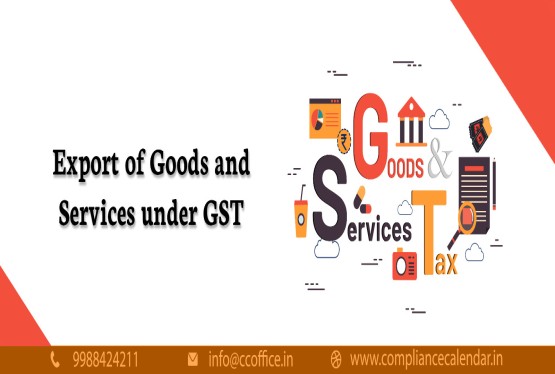













































_for_FY_2025-26_crop10_thumb.jpg)



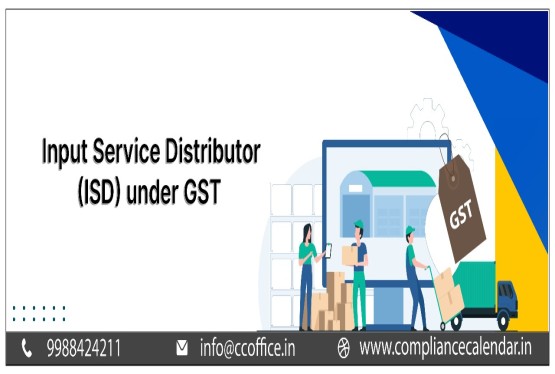








_learn_crop10_thumb.jpg)








_Filing_Due_Dates_for_FY_2024-25_learn_crop10_thumb.jpeg)
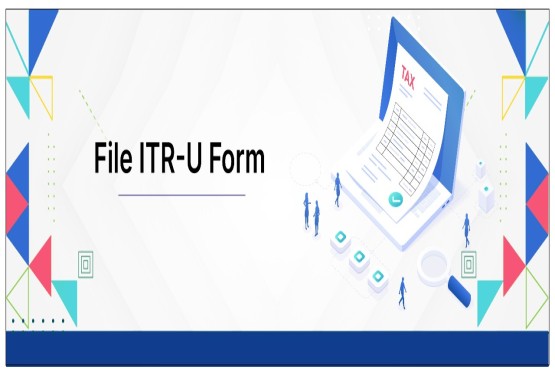

























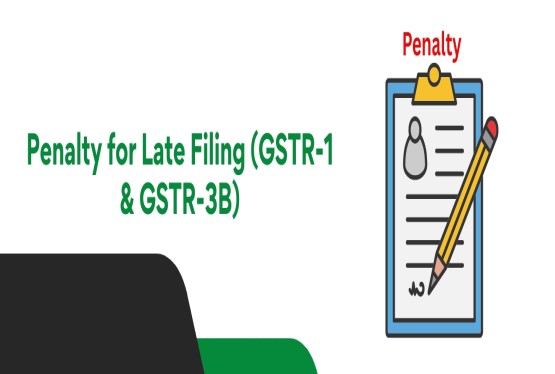












_of_GST_Act_learn_crop10_thumb.jpg)










_Under_GST_learn_crop10_thumb.jpg)









_crop10_thumb.jpg)


_crop10_thumb.jpg)






_learn_crop10_thumb.jpg)





















_of_the_Income_Tax_Act_learn_crop10_thumb.jpg)



_learn_crop10_thumb.jpg)






_learn_crop10_thumb.jpg)






_crop10_thumb.jpg)




















_in_The_Income_Tax_Act,_1961_learn_crop10_thumb.jpg)



_learn_crop10_thumb.jpg)



_of_the_Income_Tax_Act_learn_crop10_thumb.jpg)

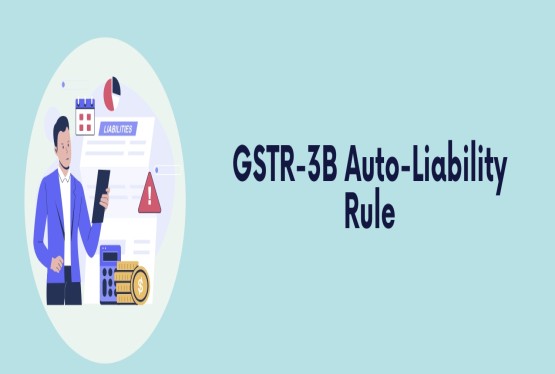
_Of_Income_Tax_Act_learn_crop10_thumb.jpg)








_learn_crop10_thumb.jpg)








_learn_crop10_thumb.jpg)
_crop10_thumb.jpg)

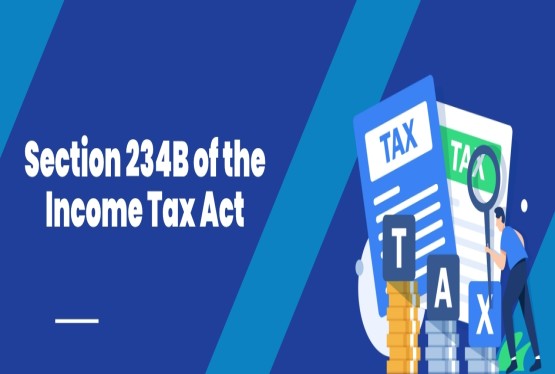




















_learn_crop10_thumb.jpg)
_for_Import_and_Export_learn_crop10_thumb.jpg)











